Wine Analysis

Wine is one of the oldest cultural products in human history. The oldest archaeological evidence of winemaking is an 8000-year old wine- and fruit press found near Damascus. As todays production is more and more increasing, this beverage has to be well monitored, in order to maintain consistent quality. The quality can be monitored with analysis of the elements mentioned by the European Union wine regulation. And more elements should be quantified as well, because they have a big influence to the final taste of the wine. A fast and safe way is to use the ICPE-9000 ICP-OES or ICPMS-2030 spectrometer for this purpose, as all elements can be determined at the same time, simultaneously. In order to answer all your questions on „the secrets of wine analysis“ various analytical technologies and methods of spectroscopy, chromatography, and mass spectrometry will be explained.
Introduction to Wine Analysis

Europe stands for 60 % of the world wine production and quality control is an important issue. Shimadzu is offering the full product portfolio for analytical methods based on the compendium of international methods of wine and must analysis including atomic- and molecular spectroscopy, gas chromatography, liquid chromatography (HPLC and UHPLC) and mass spectrometry (GC-MS/MS and LC-MS/MS).
Why do we need different GC Methods in Wine analysis?
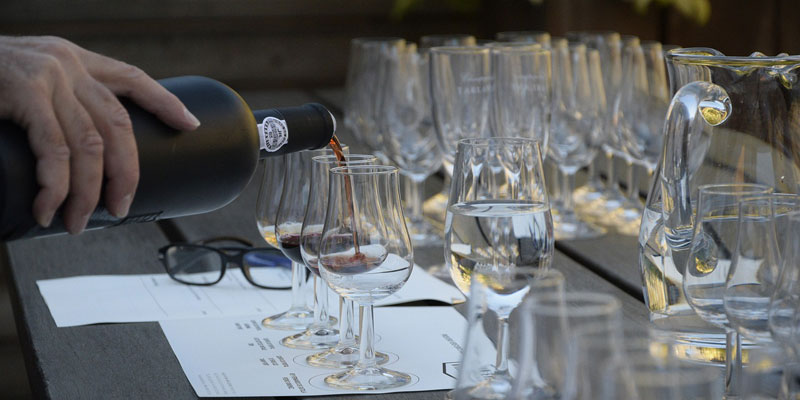
Analysis of aroma compounds is a complex subject in wine analysis. Smelling is an important part of wine tasting but analysis of aroma compounds requires different GC methods such as GC-2010 or 2030 with differents detectors and GCMS/MS system configurations including Comprehensive GCxGC-MS.
Determination of wine color by UV-VIS spectroscopy
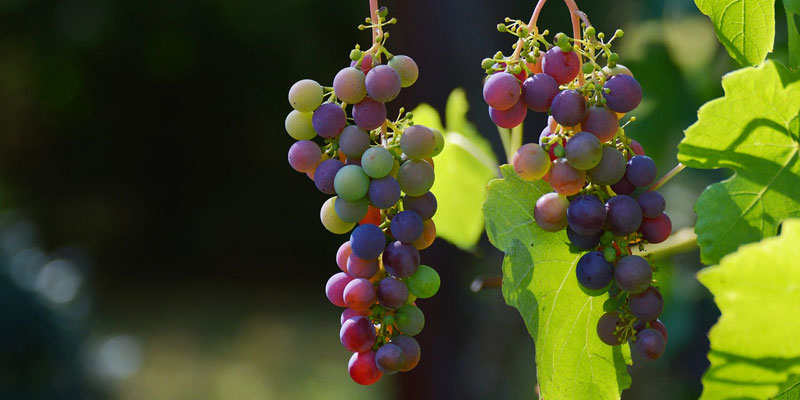
The Definition of wine color requires analysis of the absorption spectra of wine samples. Physically, the color is a light characteristic, measurable in terms of intensity and wavelength using a UV-Vis spectrometer such as UV-1800 or UV-1900. In the case of grapes and wine, we loosely regard them as RED since the anthocyane pigments absorb the green portion of the visible spectra, giving to the human eye the sensation of color red.
Analysis of Resveratrol in wine by HPLC

Resveratrol, a type of polyphenol contained in red wine and grapes is reported to offer health benefits including support for increased longevity. Fast analysis is done using the Nexera X2 UHPLC system equipped with PDA and RF-20 AXS Fluorescence detector.
Quantitative analysis of elements in wine using „state of the art“ spectroscopy
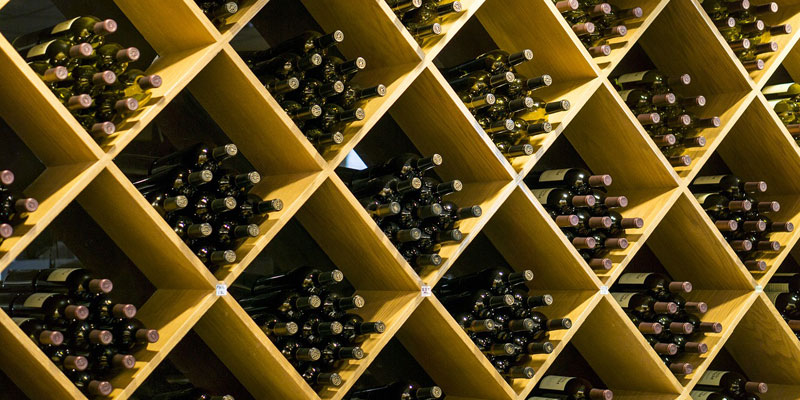
For quantitative determination of the essential elements and heavy metals in the required concentration range ICP-OES and ICP-MS is the most preferable tool for quality control because of a high sensitivity, a wide dynamic range and a high sample throughput.
Analysis of pesticides in wine by LCMS
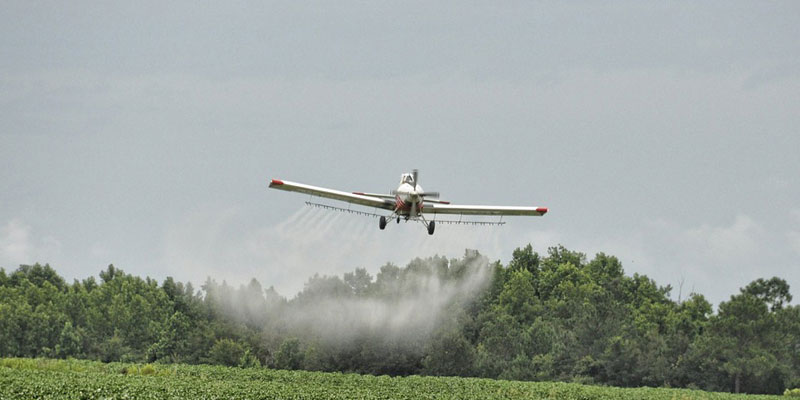
A method was developed for the determination of pesticide residues in wine using Shimadzu LCMS-8060. The MRM Spectrum Mode method was setup using the Shimadzu Residual Pesticide Database v2.0 which contains >6,000 MRM transitions for >750 pesticides.
The secrets of wine tasting
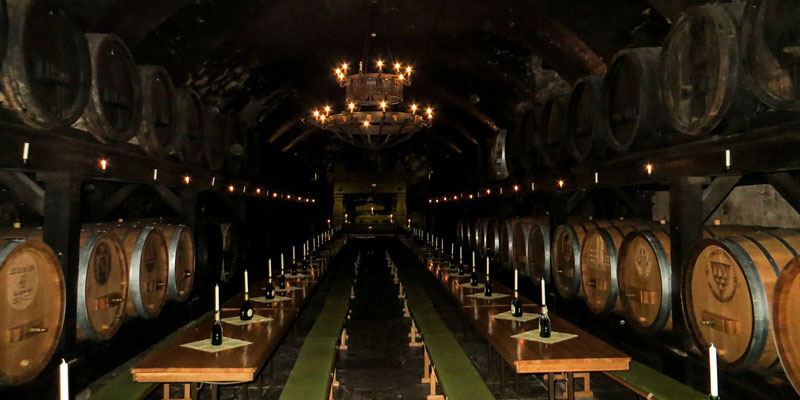
Have you ever wondered about the the influence of Potassium on the red wine color? And how to discover illegal wine aromatization by adding different flavored substances? What actually causes the infamous red wine headache? Why is red wine said to influence good health and a longer life? The answers on these questions and many more will be given in this presentation.


